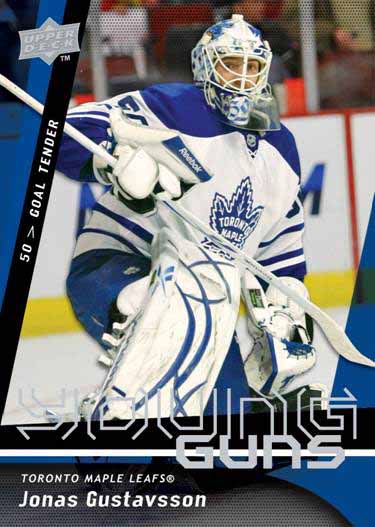Top 5 Worst Habits of Mailing Cards
1. The “White Envelope” – Even though the government seems like a slow bureaucratic behemoth, the mail service has adapted to the mechanized world. The post office assumes that all white envelopes: a) contain paper and b) are flexible. This means that they can be passed through machines at high speed via rollers and past computer scanners to “read” addresses and postal codes or sorted by size and shape. While placing a card in a top loader does lend it some strength, against the crushing power of a sorting machine, say hello to unsightly creases and a ruined card. Yes, some cards get through unscathed, but a significant amount end up ruined.
2. The “Creative Toploader” – This goes out mostly to people who have over large cards. You can find top loaders for 5x7 and other strange sized, but they get rather flimsy at that size. Often, most people can't by such materials easily or cheaply. Inevitably, the trader resorts to using an office folder or a plastic film like saran wrap. This isn’t enough . The best solution I ever saw was balsa wood, but a stiff cardboard is usually enough..
3. The “Tape Salesman” – Whoever sends these cards must be putting the tape salesman’s child through college or be the tape company spokesperson. If it takes you more than 10 seconds to tape up your trade cards, you’re used too much tape! Too much tape is an issue for the person who receives the cards as well. They are trying their best not to ruin their cards, but when you have to bring in the kitchen paring knife to slice out your cards, the sweat begins to form and one day a mistake will cost you a beauty. Finally, if you’re packaged your cards in top loaders and a team bag securely enough, no tape is necessary on the inside and only a small piece needs to be used on the outside!
4. The “Illegal Entry” – This is one of those ‘victimless’ crimes where you can negotiate with your trader what’s declared on the customs forms in order to avoid paying taxes. If you knowing enter false information in a customs form you are defrauding the government! This means you can’t put a ‘support the troops’ sticker anywhere on your car.




